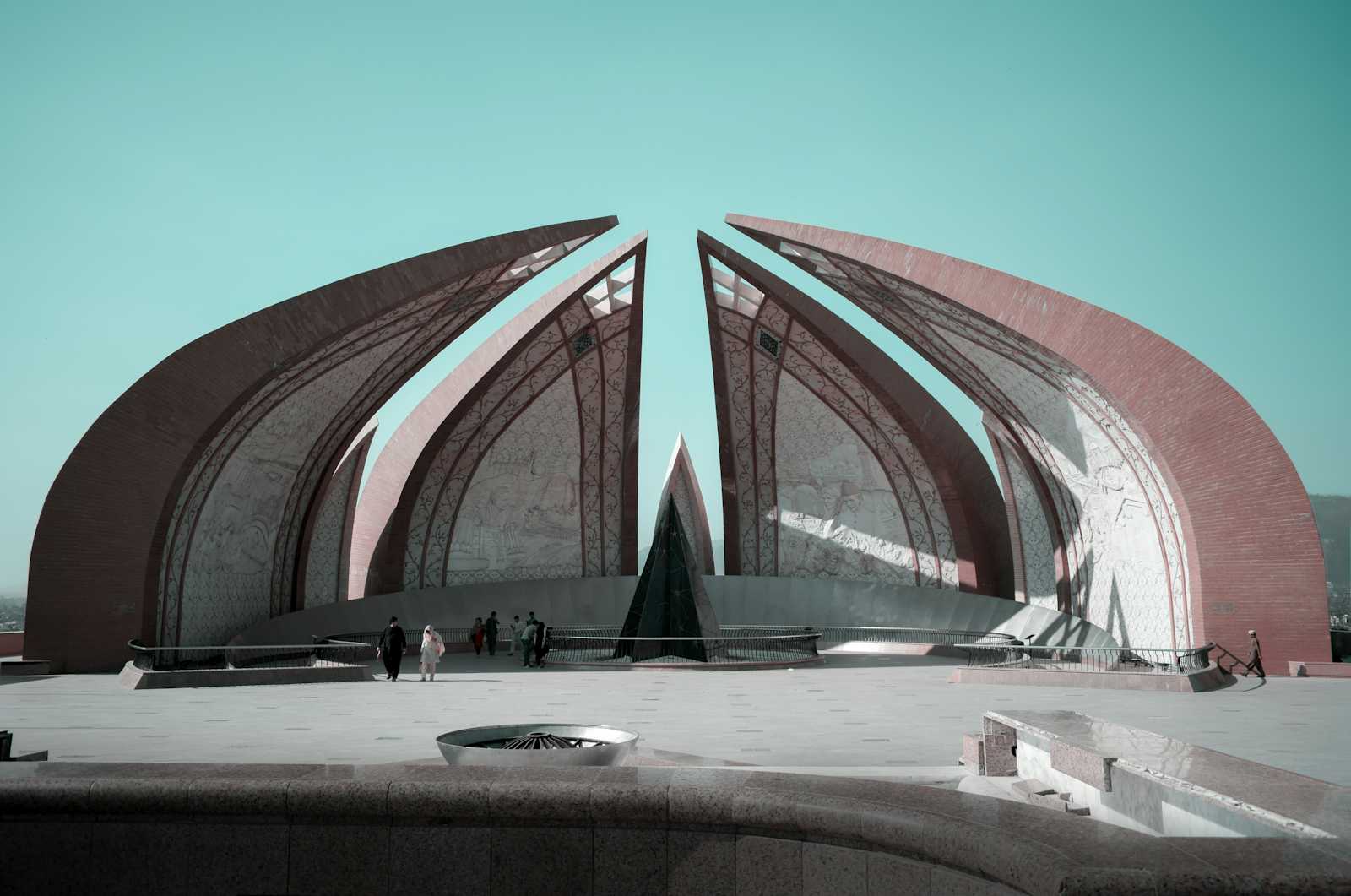AI Develops Roadmap for Pakistan's fast-track Success!
 Waleed Javed
Waleed Javed
My approach to developing a roadmap for Pakistan's fast-track success involves identifying key areas of development, assessing major possibilities, and outlining strategic actions.
This plan will focus on economic growth, social welfare, education, healthcare, governance, and international relations.
Here is a detailed roadmap with major possibilities and actions:
1. Economic Growth and Development
A. Strengthening Macroeconomic Stability
Action: Implement fiscal discipline by reducing budget deficits and managing public debt.
Possibility: Enhanced investor confidence leading to increased foreign and domestic investment.
B. Promoting Industrialization and SMEs
Action: Provide incentives for industrial growth and support small and medium-sized enterprises (SMEs) through loans and grants.
Possibility: Job creation and diversification of the economic base.
C. Improving Tax Collection and Revenue Generation
Action: Expand the tax base, reduce tax evasion, and improve tax administration using digital tools.
Possibility: Increased government revenue for public services and infrastructure development.
D. Enhancing Trade and Export Competitiveness
Action: Diversify export products, improve trade logistics, and negotiate favorable trade agreements.
Possibility: Increased foreign exchange earnings and economic resilience.
2. Social Welfare and Poverty Alleviation
A. Expanding Social Safety Nets
Action: Enhance programs like the Ehsaas Program to cover more vulnerable populations.
Possibility: Reduction in poverty and inequality.
B. Empowering Women and Marginalized Groups
Action: Implement policies promoting gender equality and economic inclusion of marginalized communities.
Possibility: Broader economic participation and improved social cohesion.
C. Housing and Urban Development
Action: Develop affordable housing projects and upgrade urban infrastructure.
Possibility: Improved living conditions and urban planning.
3. Education and Skills Development
A. Improving Quality and Access to Education
Action: Invest in educational infrastructure, teacher training, and curriculum development.
Possibility: Higher literacy rates and a skilled workforce.
B. Promoting Vocational and Technical Training
Action: Expand vocational training programs to align with market needs.
Possibility: Reduced unemployment and a more adaptable labor force.
C. Leveraging Technology in Education
Action: Implement e-learning platforms and digital literacy programs.
Possibility: Increased access to education and enhanced learning outcomes.
4. Healthcare and Public Health
A. Strengthening Healthcare Infrastructure
Action: Build and upgrade hospitals and healthcare facilities, especially in rural areas.
Possibility: Improved healthcare access and outcomes.
B. Universal Health Coverage
Action: Expand health insurance programs like the Sehat Sahulat Program.
Possibility: Financial protection against health-related expenses.
C. Preventive Healthcare and Disease Control
Action: Implement widespread vaccination and preventive healthcare programs.
Possibility: Reduced disease burden and healthier population.
5. Good Governance and Institutional Reforms
A. Enhancing Transparency and Accountability
Action: Strengthen anti-corruption agencies and implement e-governance solutions.
Possibility: Reduced corruption and increased public trust.
B. Judicial and Legal Reforms
Action: Streamline judicial processes and improve legal frameworks.
Possibility: Enhanced rule of law and quicker dispute resolution.
C. Decentralization and Local Governance
Action: Empower local governments and improve service delivery at the grassroots level.
Possibility: More responsive and effective governance.
6. Environmental Sustainability and Climate Change
A. Promoting Renewable Energy
Action: Invest in solar, wind, and hydropower projects.
Possibility: Reduced reliance on fossil fuels and improved energy security.
B. Conservation and Reforestation
Action: Expand initiatives like the Billion Tree Tsunami.
Possibility: Mitigation of climate change effects and enhanced biodiversity.
C. Water Resource Management
Action: Develop efficient water management systems and infrastructure.
Possibility: Improved agricultural productivity and water security.
7. International Relations and Diplomacy
A. Strengthening Regional Cooperation
Action: Engage in diplomatic initiatives to improve relations with neighboring countries.
Possibility: Enhanced regional stability and trade opportunities.
B. Diversifying Foreign Partnerships
Action: Build strategic partnerships with a diverse set of countries.
Possibility: Broader economic and technological cooperation.
C. Enhancing Pakistan’s Global Image
Action: Promote Pakistan’s culture, tourism, and economic potential internationally.
Possibility: Increased foreign investment and tourism revenues.
Conclusion
To put Pakistan on a fast track for success, it is imperative to adopt a multi-faceted approach that addresses key economic, social, and governance challenges.
By implementing targeted actions in these areas, Pakistan can achieve sustainable development and improve the quality of life for its citizens. Policymakers can adapt to the specific needs and realities of Pakistan, provided a data-driven and strategic framework.
By focusing on these strategic areas and possibilities, Pakistan can build a resilient and prosperous future, ensuring long-term stability and growth.
Subscribe to my newsletter
Read articles from Waleed Javed directly inside your inbox. Subscribe to the newsletter, and don't miss out.
Written by

Waleed Javed
Waleed Javed
Building Enterprise Softwares🚀 | Sharing insights on Linkedin/in/Waleed-javed